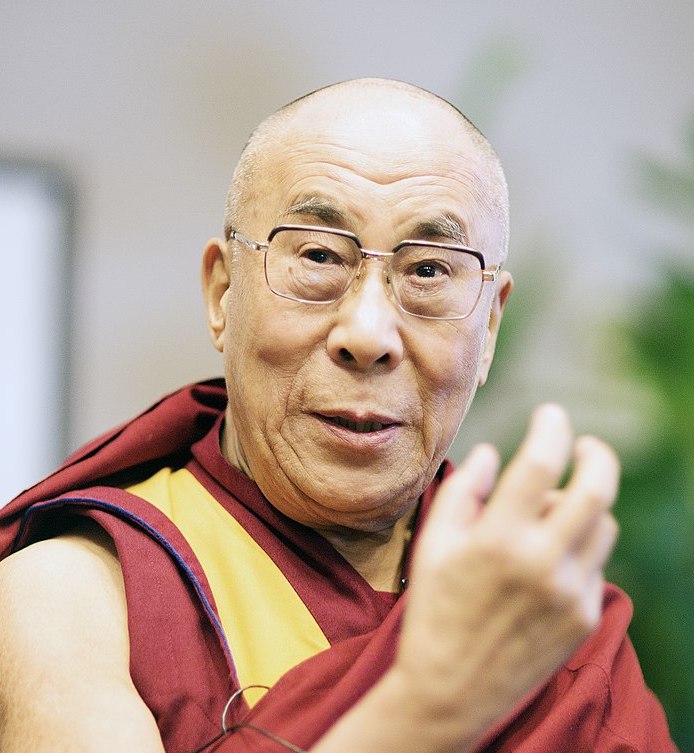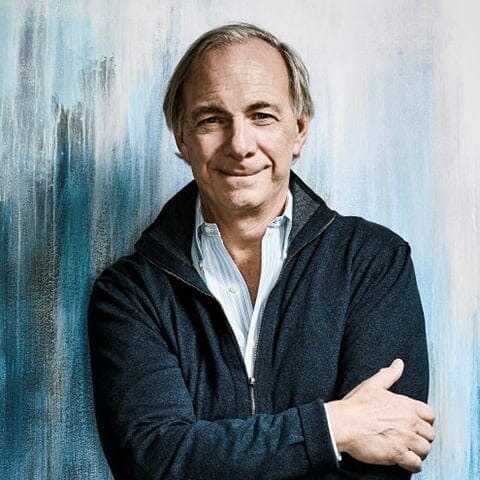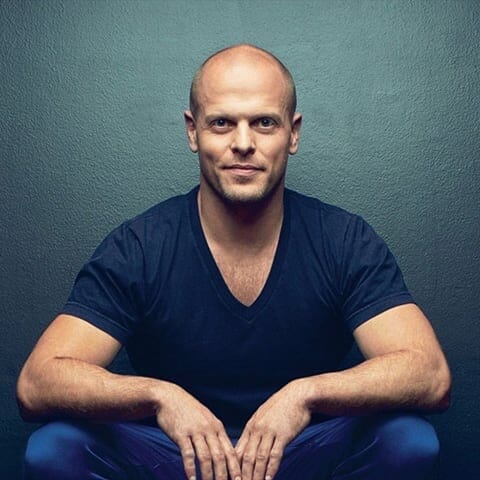 author
authorDiscover the Best Books Written by 14th Dalai Lama
The 14th Dalai Lama (spiritual name Jetsun Jamphel Ngawang Lobsang Yeshe Tenzin Gyatso, known as Tenzin Gyatso, known as Gyalwa Rinpoche to the Tibetan people, is the current Dalai Lama. He is the highest spiritual leader and former head of Tibet. He was born on 6 July 1935, or in the Tibetan calendar, in the Wood-Pig Year, 5th month, 5th day.
He is considered a living Bodhisattva, specifically, an emanation of Avalokiteśvara in Sanskrit and Chenrezig in Tibetan. He is also the leader and a monk of the Gelug school, the newest school of Tibetan Buddhism, formally headed by the Ganden Tripa. The central government of Tibet, the Ganden Phodrang, invested the Dalai Lama with temporal duties until his exile in 1959.
The 14th Dalai Lama was born to a farming family in Taktser (Hongya Village), in the traditional Tibetan region of Amdo (administratively Qinghai Province, Republic of China). He was selected as the tulku of the 13th Dalai Lama in 1937 and formally recognized as the 14th Dalai Lama in a public declaration near the town of Buchen in 1939. As with the recognition process for his predecessor, a Golden Urn selection process was not used.
His enthronement ceremony was held in Lhasa on 22 February 1940. He eventually assumed complete temporal (political) duties on 17 November 1950, at the age of 15, after the People's Republic of China's occupation of Tibet. Then, the Tibetan government administered the historic Tibetan regions of Ü-Tsang, Kham, and Amdo.
After the Annexation of Tibet by the People's Republic of China during the 1959 Tibetan uprising, the Dalai Lama escaped to India, where he currently lives in exile while remaining the most important spiritual leader of Tibet. On 29 April 1959, the Dalai Lama established the independent Tibetan government in exile in the north Indian hill station of Mussoorie, which then moved in May 1960 to Dharamshala, where he resides. He retired as political head in 2011 to make way for a democratic government, the Central Tibetan Administration.
The Dalai Lama advocates for the welfare of Tibetans and has called for the Middle Way Approach with China to resolve the issue of Tibet since the early 1970s peacefully. The Dalai Lama travels worldwide to give Tibetan Mahayana and Vajrayana Buddhism teachings, and his Kalachakra teachings and initiations are international events. He also attends conferences on various subjects, including the relationship between religion and science. In addition, he meets with other world leaders, religious leaders, philosophers, and scientists online and in person.
His work focuses on the environment, economics, women's rights, nonviolence, interfaith dialogue, physics, astronomy, Buddhism and science, cognitive neuroscience, reproductive health, and sexuality.
The Dalai Lama was awarded the Nobel Peace Prize in 1989 and the US Congressional Gold Medal in 2006. In addition, time magazine named the Dalai Lama one of the "Children of Mahatma Gandhi" and Gandhi's spiritual heir to nonviolence.
Best author’s book




























